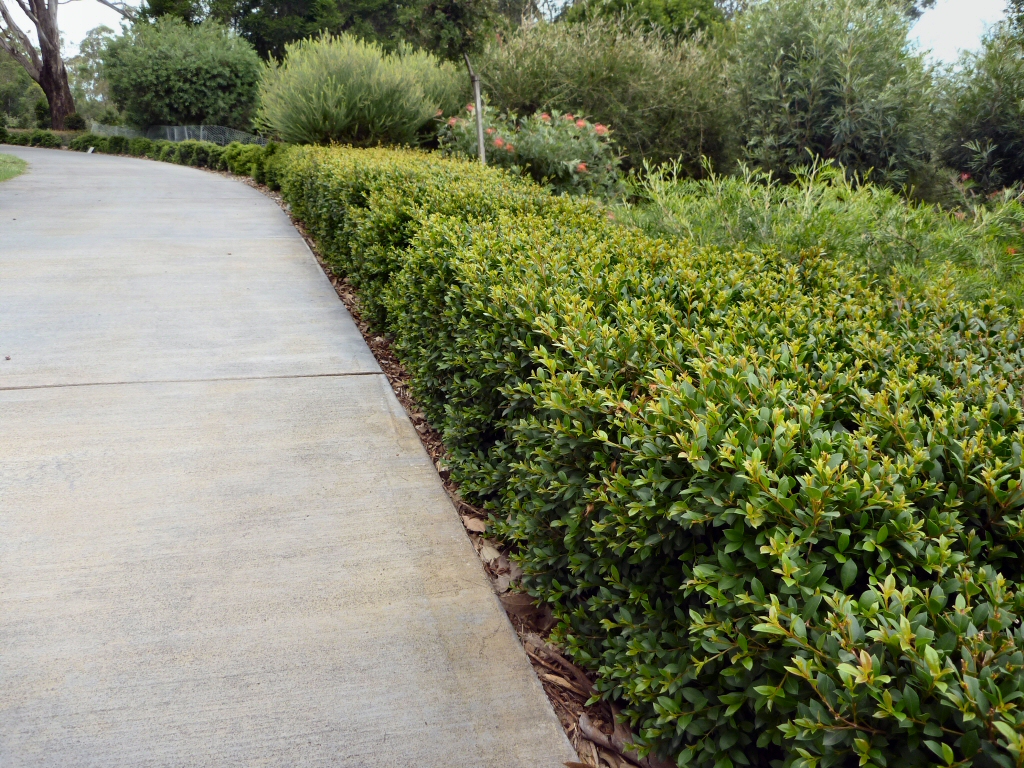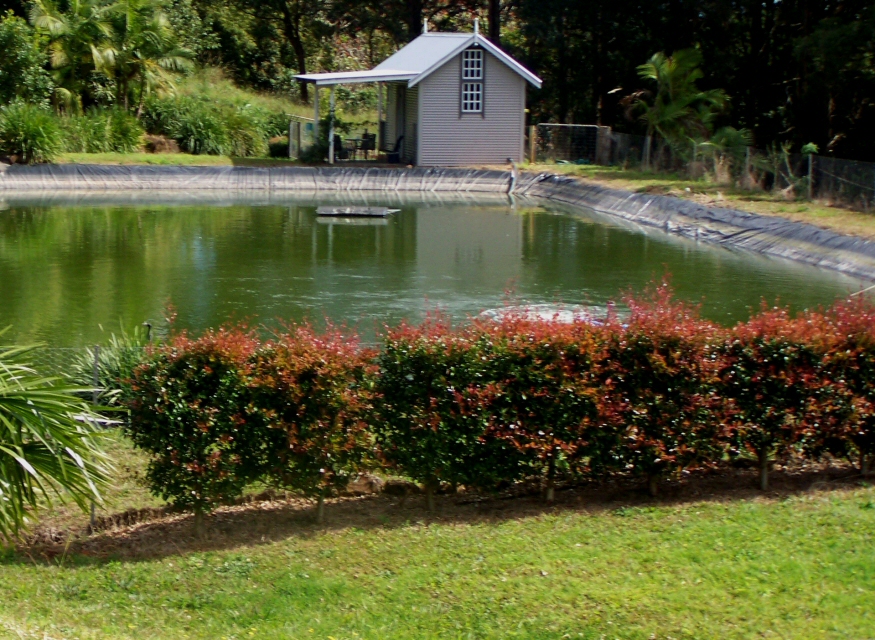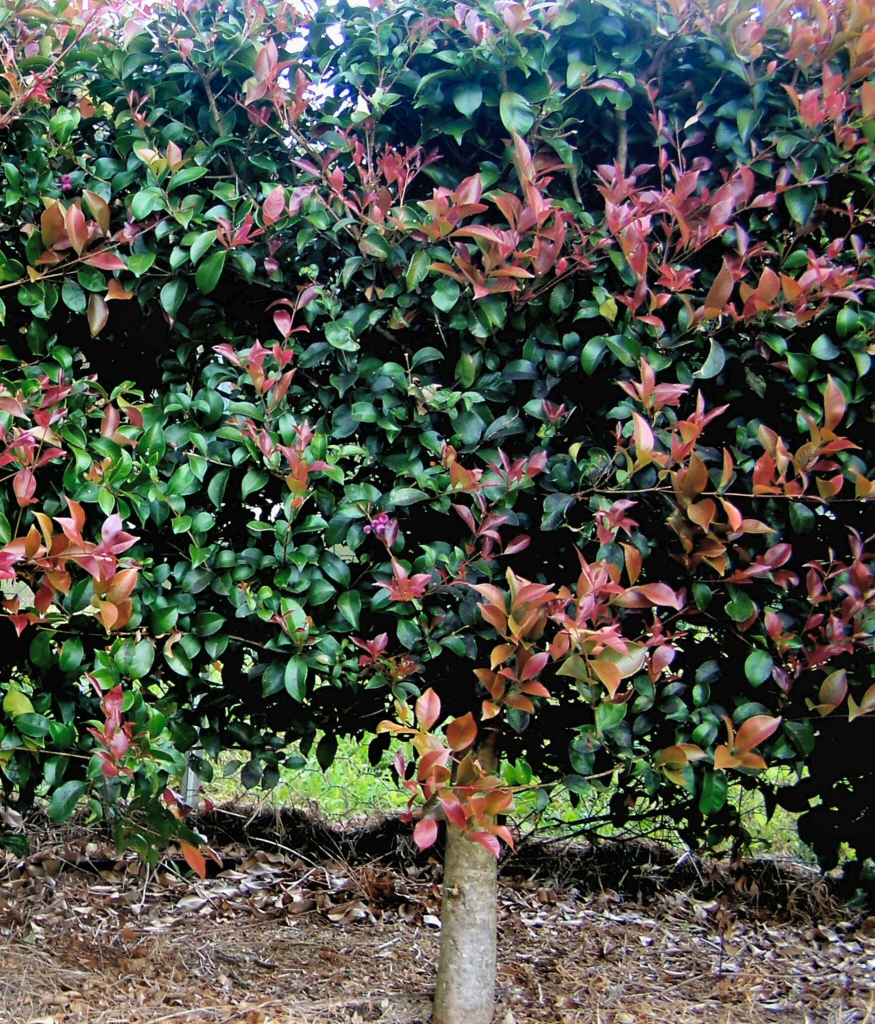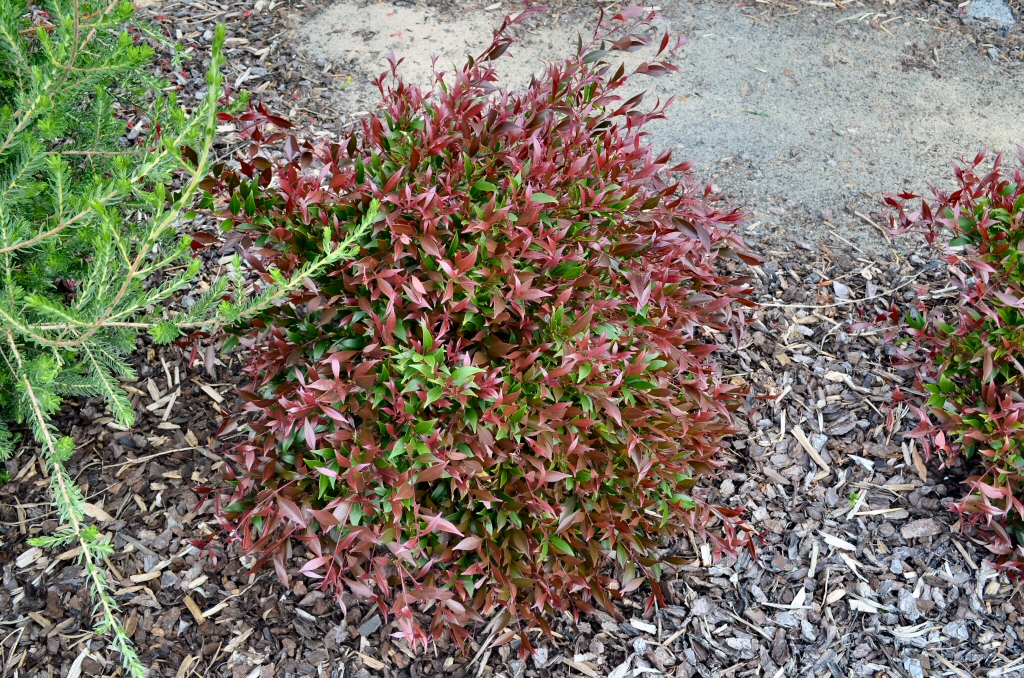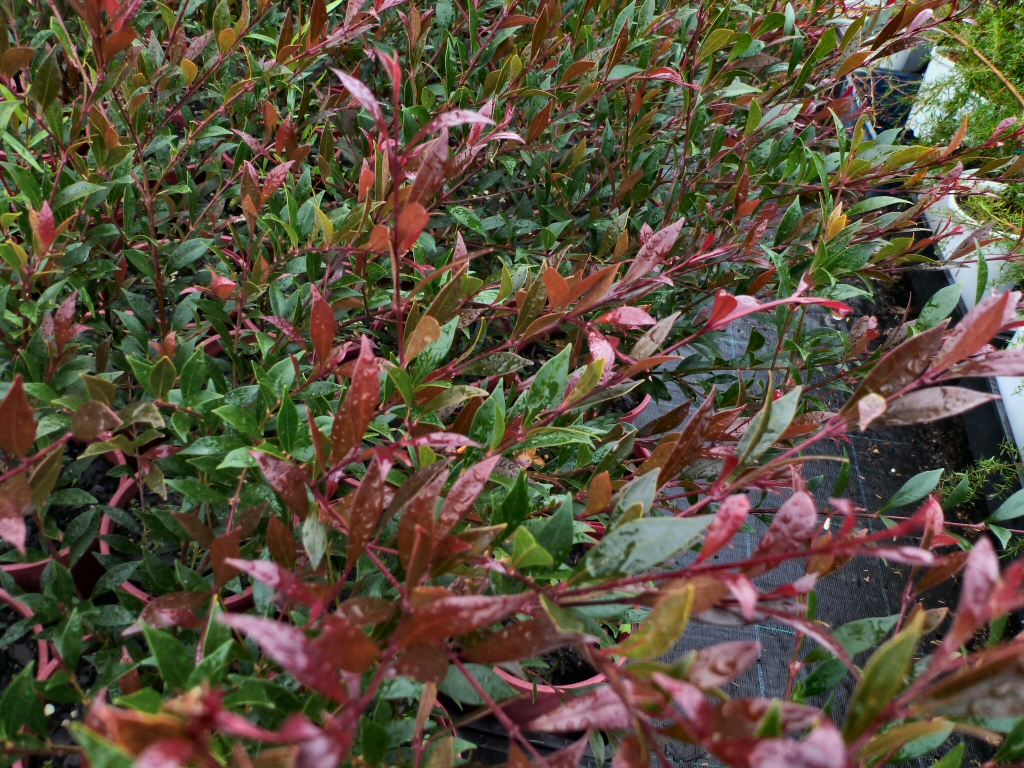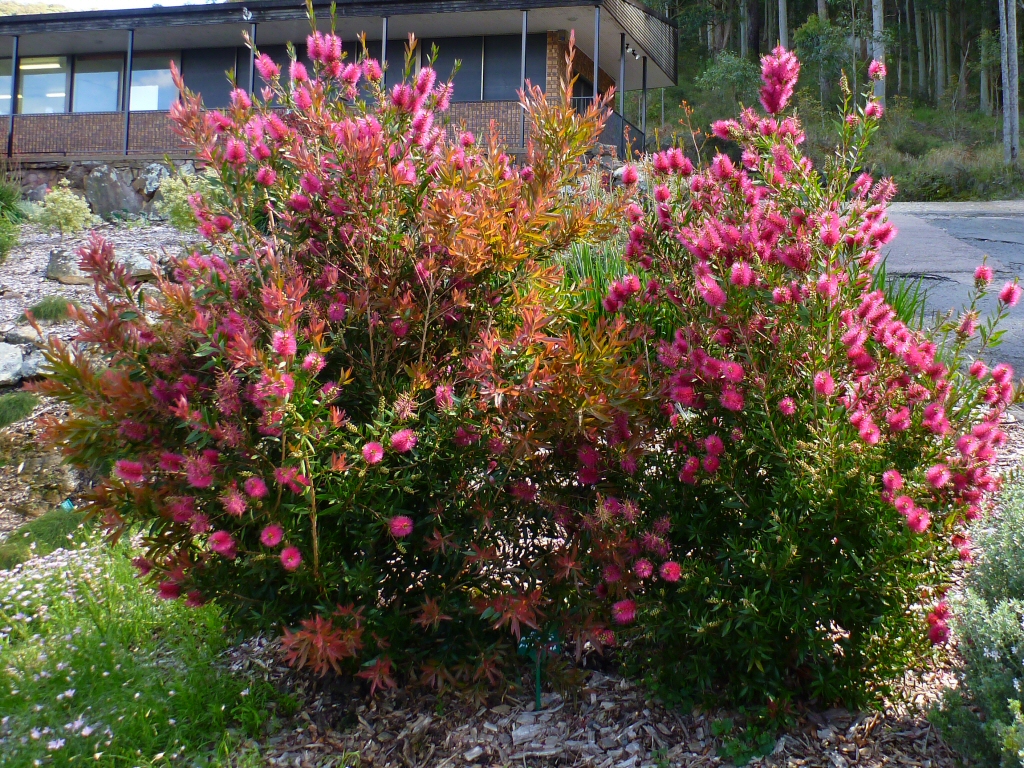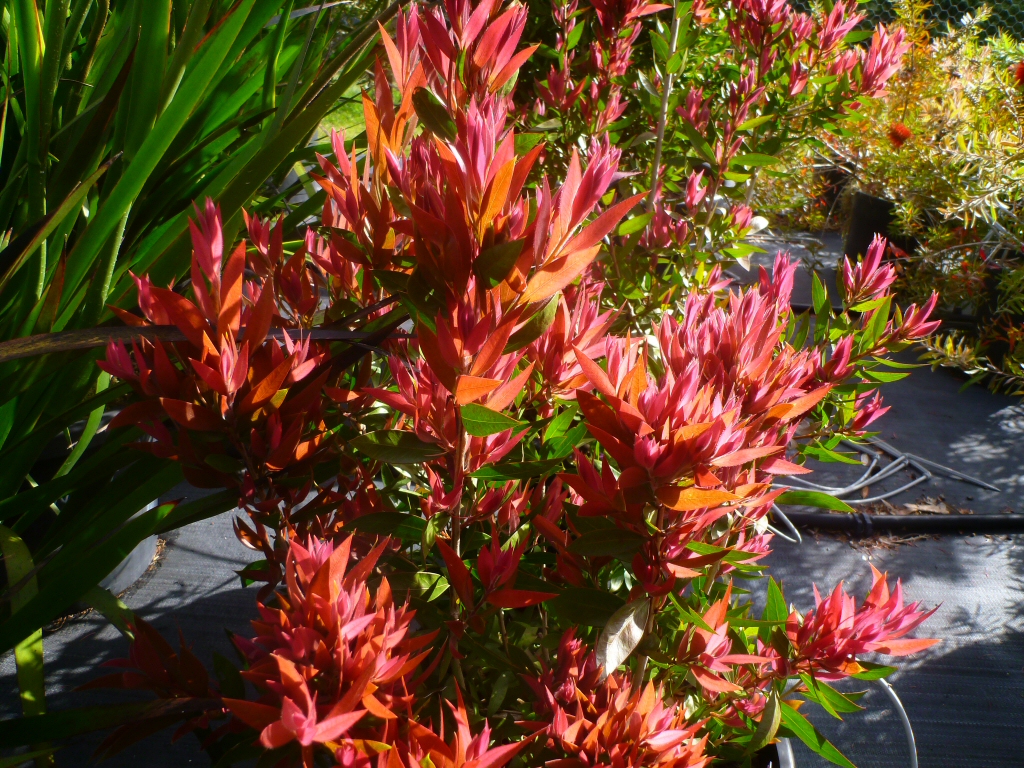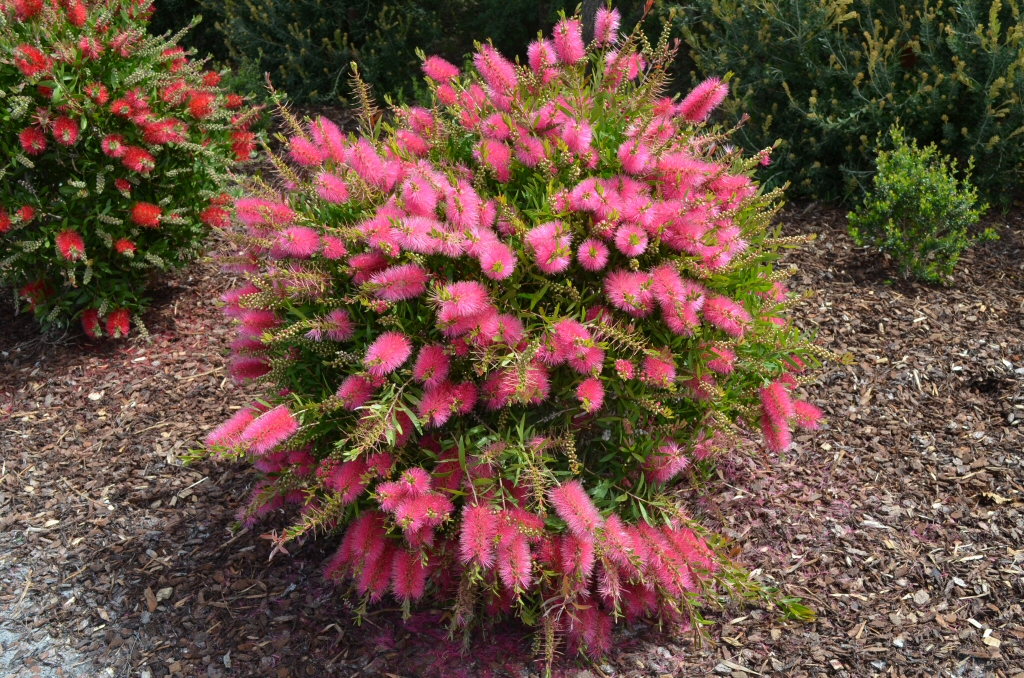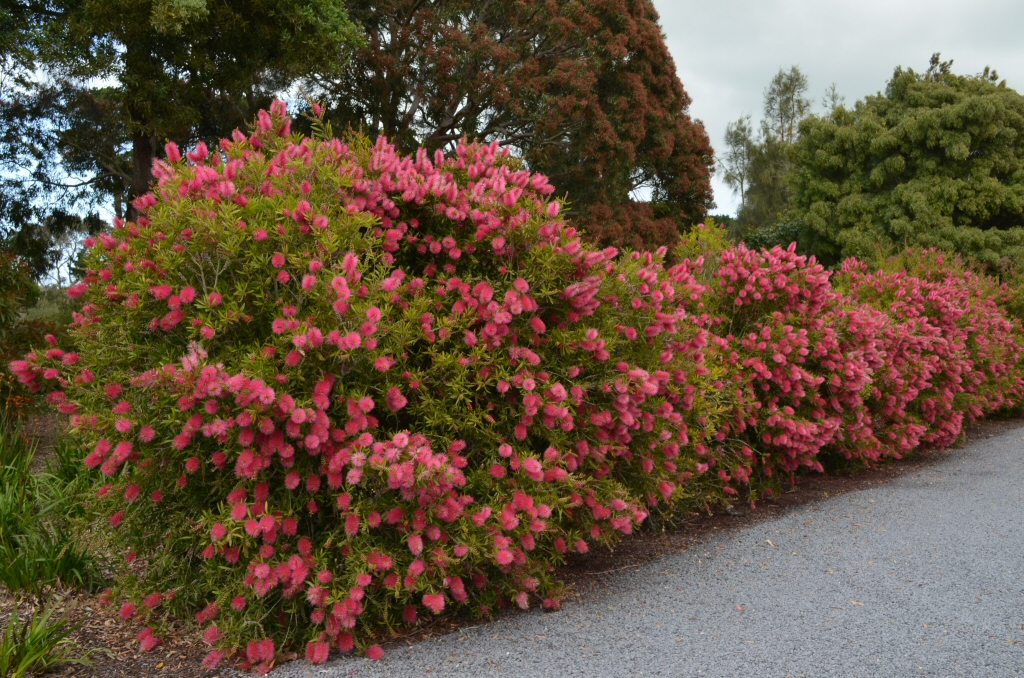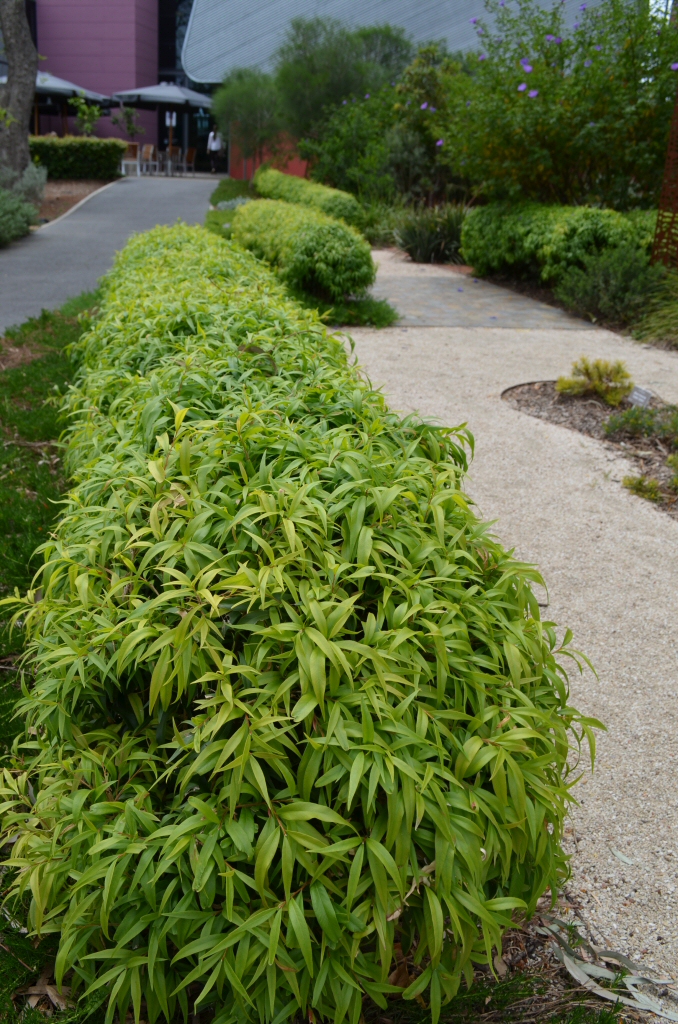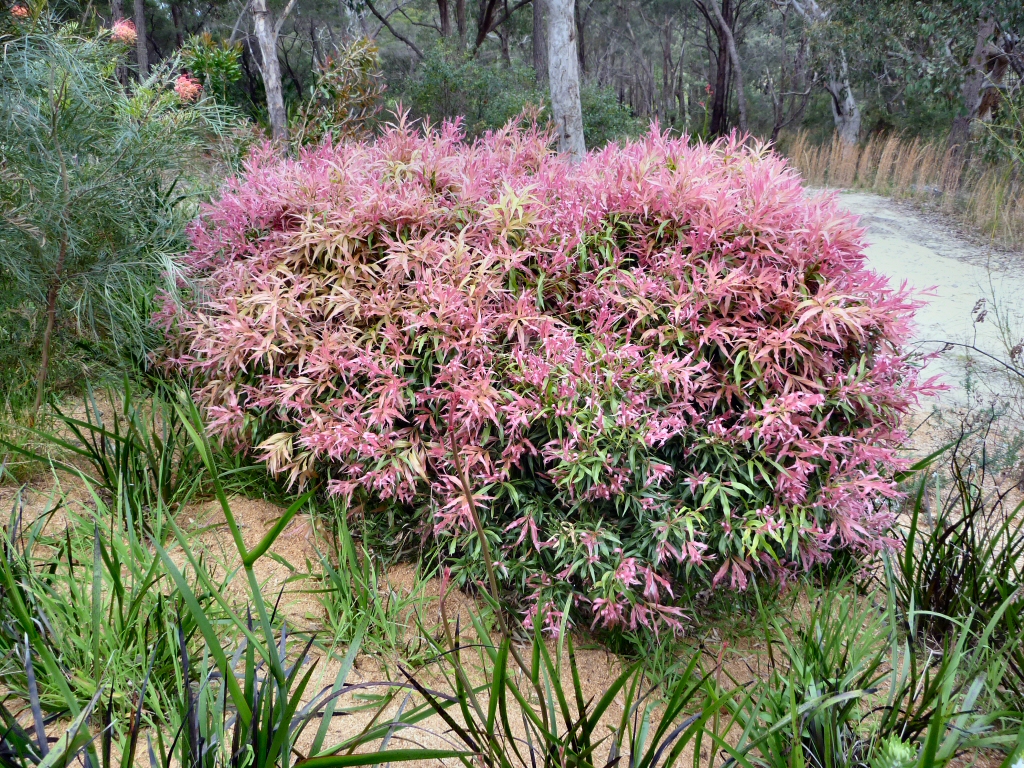Gardeners often look to exotic plants when they consider putting in a hedge. There are plenty of natives which will perform equally well, and often even better.
Australian plant breeders have been working to breed and select new varieties of old favourite tough natives for hedging, screening and for topiary work. The varieties that work best have shorter internodes and denser growth, and respond beautifully to regular pruning and shaping. For every exotic plant that has been traditionally used, there is now a native alternative, as good as, or even better than the usual plants of overseas origins.
Box plants are huge sellers, but there are some great naturally dwarf lilly pillies that can replace boring old box. They have similar glossy green growth with small leaves, and love constant pruning.
Allyn Magic and Tiny Trev are tried and tested older varieties, and there are new ones like Lillyput coming out to try.
Coloured foliage varieties of lilly pilly such as Fire Screen, Red Head or Cherry Surprise rival Photinia for their great colour hit.
There are other new and colourful varieties coming onto the market too- have a look at a bigger list of them on the Advanced Search page.
There are numerous Callistemon cultivars like All Aglow that have pink or red new foliage growth, so each trim will create a flush of colour.
They have bonus flowers too, and a spring blooming of a well trimmed row of an abundant flowering cultivar like All Aglow or Perth Pink is a stunning sight.
The often colourful nectar loving birds they attract add an extra dimension. Callistemon Great Balls of Fire is a non flowering bottlebrush that is perfect for hedges, with the great adaptable nature of the bottlebrush family.
Australia has some of the harshest conditions in the world. Native plants have developed adaptations to cope with heat, low nutrients and frequent fires that will make them into good hedging plants. Callistemons and lilly pillies, for example, have numerous dormant buds in their old wood. As long as the plant is healthy, these buds will spring to new growth if the plant is cut back hard. I’ve seen specimens that have been cut back to a stump and that have regrown into a shapely hedge- very handy if your hedge becomes neglected and you need to start again!
Establishing Your New Hedge-
Selecting your plant variety is the first step to creating a beautiful hedge. Preparation of the soil and good after care is hugely important. If you just dig holes and plop the plant in and neglect it, you would be lucky to end up with a thriving hedge. For the best results, spend plenty of time in digging up as much of the area you can, incorporating organic matter into the soil. If you need to hill the soil up in the row to achieve better drainage, this is the time to do it. If your soil is clay, adding gysum to improve the structure of the soil is a must.
Once you have planted your babies, water as needed to keep the soil moist but not wet. A light sprinkle of water with the hose may not be getting moisture down into all the root zone, so occasionally dig down a little into the soil to check that your watering is sufficient. Remember that when plants are first put into the ground, they have not sent roots out into the surrounding soil, and may not do so for a while, especially if they are somewhat root bound. So give them every chance by giving them a similar level of care as they would have in a nursery until they start growing new roots.
Mulching is a great idea when planting up a hedge. It adds organic matter, will help to hold soil moisture, and will deter weed growth.

